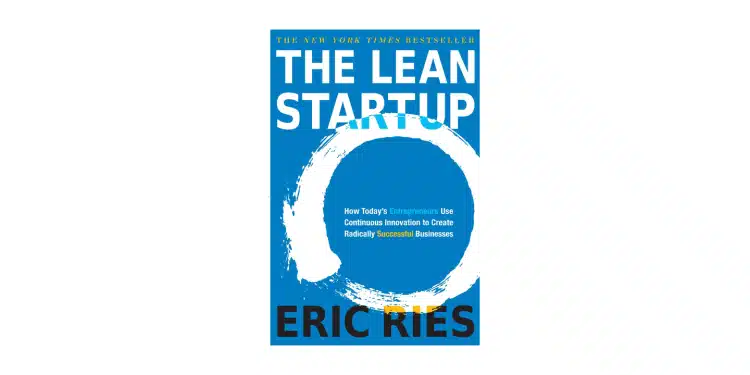The Lean Startup by Eric Ries
If you’re looking to launch a successful start-up, you’ll need to know what sets successful companies apart from the ones that fail. According to Eric Ries, author of “The Lean Startup,” the key to success is not asking customers what they want, but experimenting extensively and exposing them to variations to see what works.
Ries describes his journey from failure to success at IMVU, where he developed the methodology he writes about in this book. He argues that early adopters are crucial for any new business, and that entrepreneurs should harness their feedback to create a product that serves their needs.
One way to do this is through assembling an MVP (Minimum Viable Product) to test the business hypothesis. Ries offers a great case study of Dropbox, which increased registrations by 15x on their waiting list by producing a video that mimicked the functionality of the end product. With that surge in interest, they were able to prove the demand to VC firms and build their product.
Ries also emphasises the need for entrepreneurs to adapt as their business grows, with responsibilities changing from being operational to managerial. He offers two golden rules:
- Be tolerant of all mistakes the first time
- Never allow the same mistake to be made twice.
And if problems do arise, Ries recommends using the “five whys” method to uncover root causes.
Overall, “The Lean Startup” is an insightful read for anyone involved in entrepreneurship or business management. Ries’ principles are easy to understand and his philosophy feels intuitively correct. By following his advice and experimenting extensively, you too can increase your chances of launching a successful start-up.



Get involved!
Comments